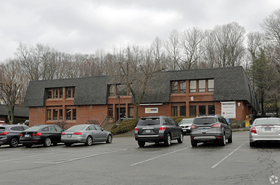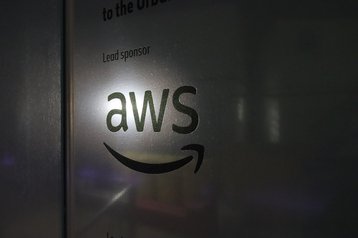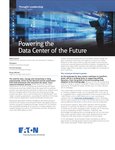Amazon Web Services (AWS) brought in $26.3 billion in revenue for Q2 2024, an 18.8 percent jump over last year.
While still demonstrating faster growth compared to the previous quarter which saw 17.2 percent, the public cloud market leader is growing at a slower rate in terms of percentage than its main rivals, Microsoft Azure and Google Cloud, both of which saw growth of 29 percent in the quarter, though Microsoft's growth is for its "Intelligent Cloud" segment which includes Windows Server, Nuance, and GitHub in addition to Azure.
Operating income at AWS was $9.334bn, making up much of parent company Amazon's total income for the quarter, which was $14.672bn. Operating margin was in the mid-30 percent area, up from mid-20s the year prior.
According to Amazon CEO Andy Jassy, the cloud unit is on track for $105 billion in annual revenue.
The growth of AWS has slowed in recent years due to a global economic downturn, but Jassy believes things are looking up because customers have "completed the significant majority of their cost optimization efforts and are focused again on new efforts."
He said companies are "spending their energy again on modernizing their infrastructure and moving from on-premise infrastructure to the cloud," and also spending their budgets on Artificial Intelligence (AI) systems.
Jassy notes that the company predicts that, while most IT spending is currently on-premises, this will "keep inverting over time."
On AI, Jassy adds that while the company has a strong relationship with Nvidia and has "the broadest selection of Nvidia instances available," it has "heard loud and clear from customers that they relish better price performance," which is why the company is investing in its Trainium and Inferentia custom silicon. The latest generation of those chips will be coming later this year.
Jassy also noted: "A lot of times, it's hard to get that price performance from existing players unless you decide to optimize yourself for what you're learning from your customers and you push that envelope yourself."
Microsoft and Google both either have or are developing custom chip offerings, Cobalt and Trillium TPUs respectively.
In terms of capex, the first half of the year saw infrastructure spending of $30.5bn across all of Amazon. The company spent $48.4bn on capex projects in the whole of last year and looks set to beat this in 2024.
Brian Olsavsky, Amazon SVP and CFO, said: "Looking ahead to the rest of 2024, we expect capital investments to be higher in the second half of the year. The majority of the spend will be to support the growing need for AWS infrastructure as we continue to see strong demand in both generative AI and our non-generative AI workloads."
In total, AWS now spans 35 regions and 110 availability zones.
After being questioned about the risks of over versus under investment, Jassy said: "I think one of the least understood parts about AWS over the last 18 years has been what a massive logistics challenge it is to run that business.
"If you think about the fact that we have about 35 regions and think of a region as a cluster of multiple data centers and about 110 availability zones, which is roughly equivalent to a data center, sometimes it includes multiple... And if you end up actually with too little capacity, then you have service disruptions, which really nobody does because it means companies can't scale their applications. So most companies deliver more capacity than they need."
Jassy went on to explain that, "while we're investing a significant amount in the AI space and in infrastructure, we would like to have more capacity than we already have today. We have a lot of demand right now. And I think it's going to be a very, very large business for us."
Regarding Project Kuiper, Amazon's plan to launch thousands of satellites to provide Internet around the world, manufacturing has accelerated and the company "continues to field significant demand for the service from enterprise and government entities."
More in Cloud & Hyperscale
More in Investment / M&A
-

-

-

Episode Networking break




